Imagine stepping into your kitchen and plucking fresh basil leaves for your homemade pesto or grabbing a handful of mint to add a refreshing twist to your evening tea. If this sounds appealing, it's time to consider growing your own herb garden at home.
Not only do home herb gardens provide a convenient and cost-effective way to enhance your culinary creations, but they also offer a touch of greenery and freshness to your living space. In this blog, we'll explore five useful tips to help you successfully grow your own home herb garden.
Select the Right Location
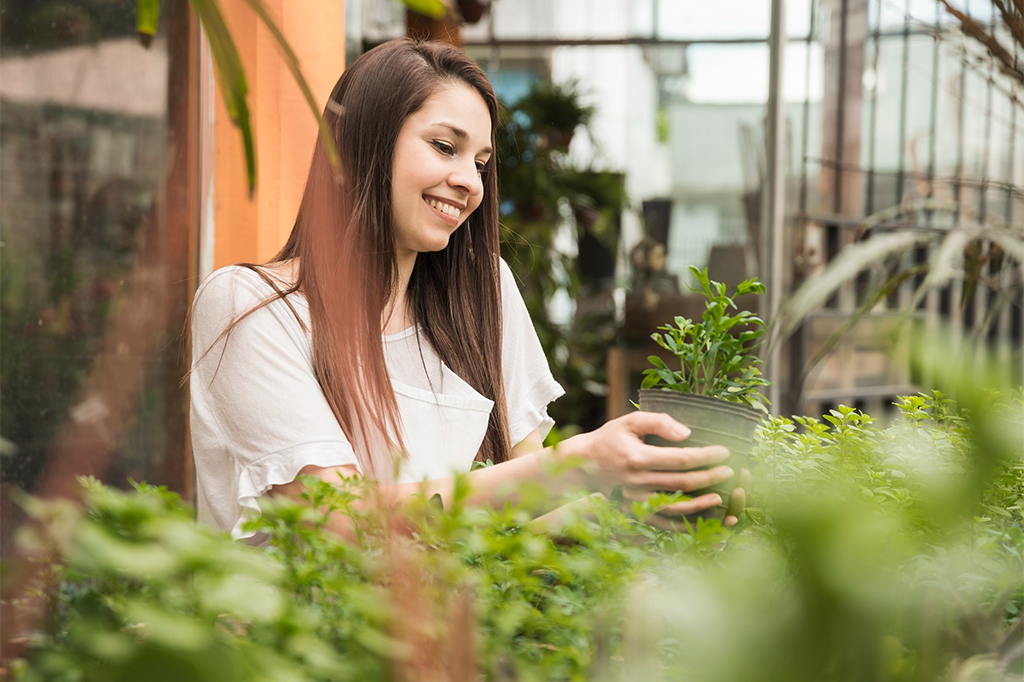
The first step in establishing a thriving herb garden is choosing the right location. Herbs generally thrive in sunny spots, so look for an area in your home that receives at least 6-8 hours of sunlight per day. South or west-facing windowsills are often ideal for this purpose. If you don't have access to abundant sunlight, consider using grow lights to supplement the light your herbs need.
Additionally, it's essential to ensure proper drainage for your herb pots or containers. Herbs do not like to sit in waterlogged soil. Use pots with drainage holes and place a layer of gravel or small stones at the bottom of each pot to facilitate drainage. This helps prevent root rot and keeps your herbs healthy.
Choose the Right Herbs
When selecting herbs for your home garden, consider both your culinary preferences and the growing conditions in your chosen location. Some herbs are easier to grow than others, making them perfect for beginners. Here are a few versatile and beginner-friendly herbs to consider:
- Basil: A must for any kitchen, basil is versatile and adds a delightful flavor to a variety of dishes.

- Mint: Perfect for teas, cocktails, and desserts, mint is hardy and spreads quickly.

- Rosemary: Known for its aromatic pine-like scent, rosemary is a hardy herb that's excellent for roasts and savory dishes.

- Thyme: With a subtle earthy flavor, thyme complements a wide range of dishes, from soups to roasted meats.

- Chives: These mild, onion-flavored herbs are great for garnishes and salads.
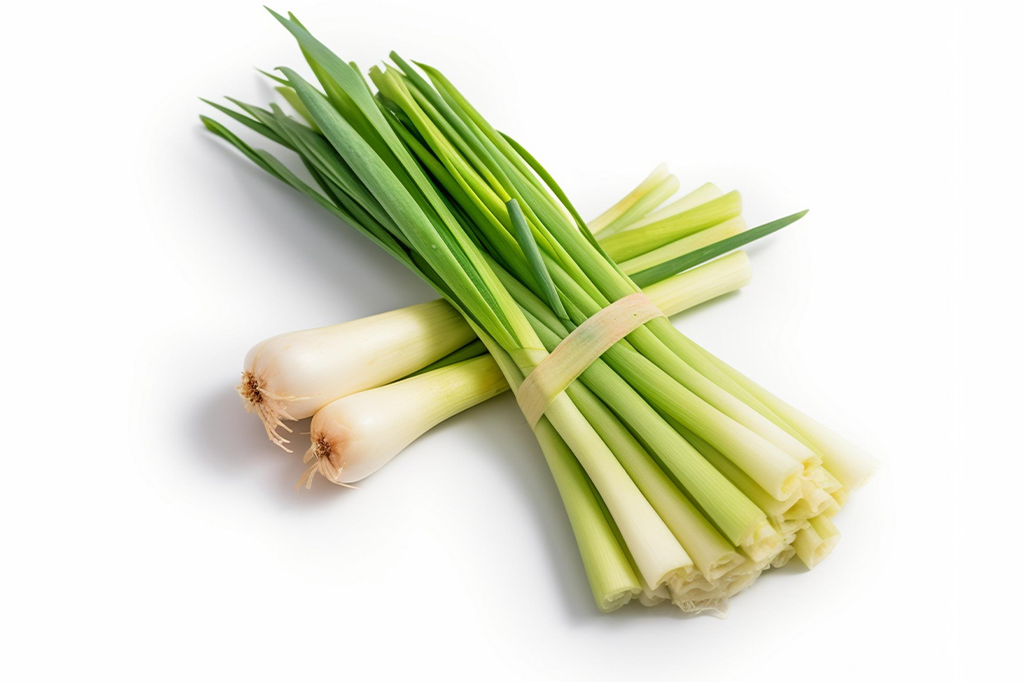
Start with a few herbs that you love and expand your collection as you gain confidence in your gardening skills.
Use Quality Soil and Containers
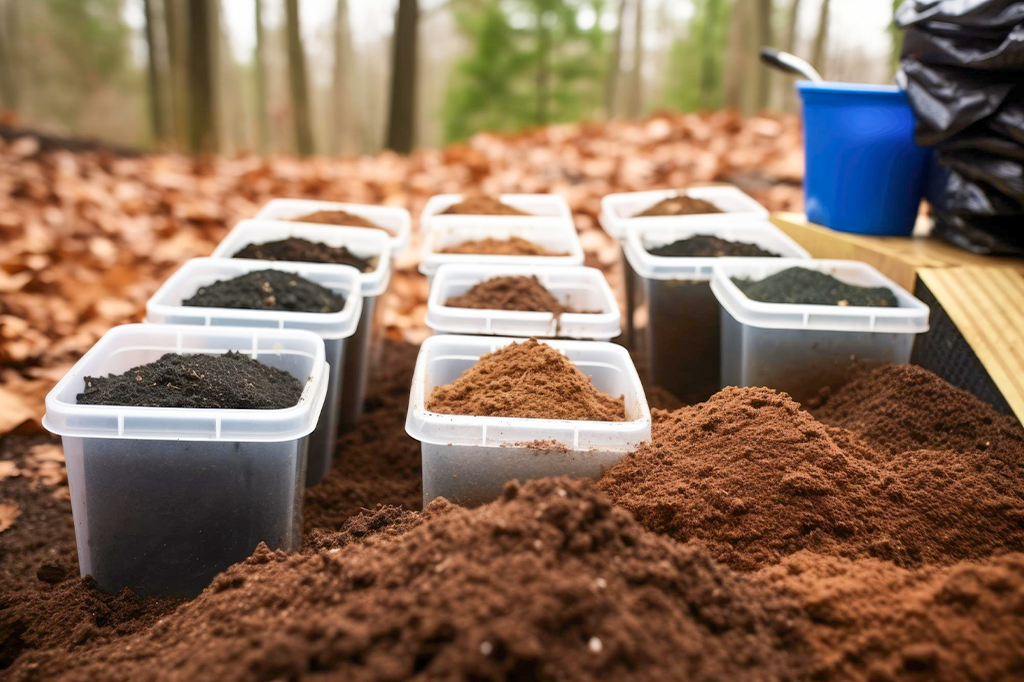
The quality of soil and containers you choose can greatly impact the health and growth of your herbs. Use a high-quality potting mix designed for herbs or vegetables. These mixes provide the right balance of nutrients and drainage for herb cultivation. Avoid using garden soil, as it may contain pests or diseases that can harm your herbs.
Select containers that are the appropriate size for your herbs. Herbs generally grow well in pots that are 6-12 inches in diameter. Ensure that your containers have drainage holes, as mentioned earlier, to prevent overwatering.
Consider using containers made of terracotta or clay, as they are porous and allow excess moisture to evaporate, reducing the risk of root rot. These materials also provide a classic and rustic look to your herb garden.
Water Wisely
Proper watering is crucial for the success of your herb garden. Overwatering or underwatering can both be detrimental to your herbs. Here are some watering tips to keep in mind:
- Check Soil Moisture: Before watering, stick your finger about an inch into the soil. If it feels dry, it's time to water. If it's still moist, hold off for a day or two.
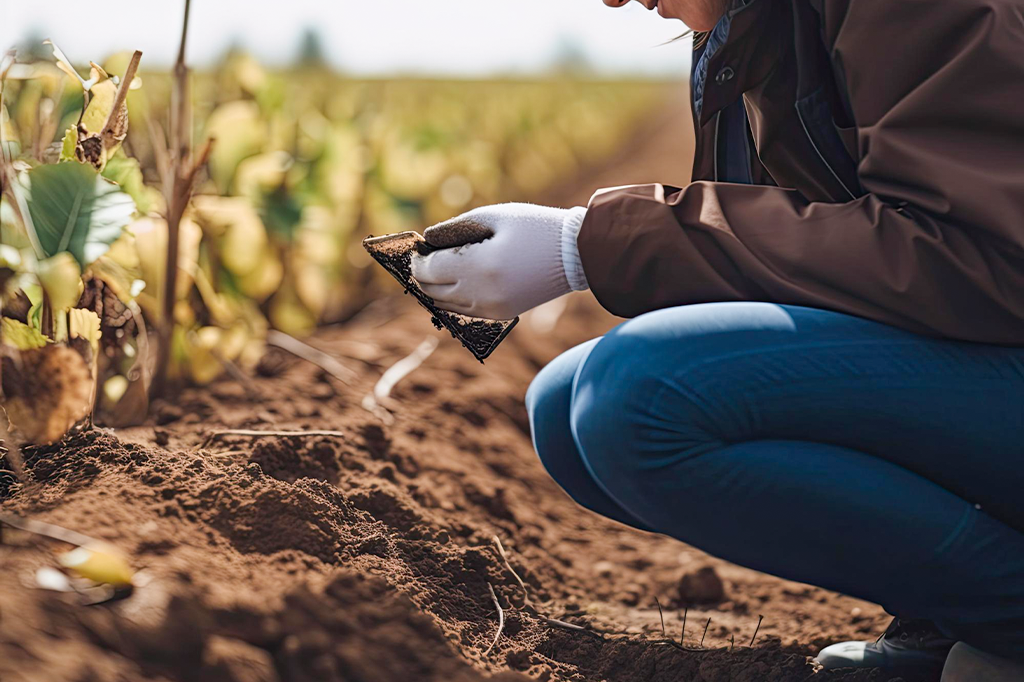
- Water at the Base: Aim to water the soil at the base of the plants rather than overhead. This helps prevent fungal diseases and keeps the foliage dry.

- Use a Tray or Saucer: Place a tray or saucer under your pots to catch excess water. Empty the tray regularly to prevent your herbs from sitting in standing water.
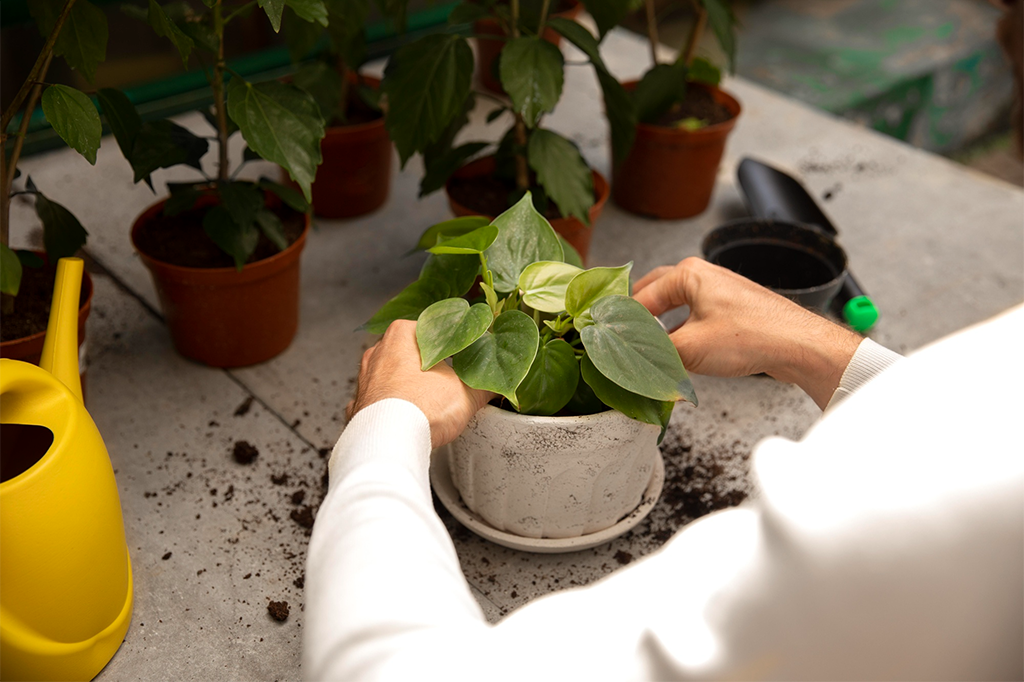
- Adjust for Season: Herbs may require more water in hot, dry weather and less in cooler, rainy conditions. Be attentive to their needs.

Prune and Harvest Regularly
Pruning and harvesting your herbs not only encourage healthy growth but also provide you with a steady supply of fresh herbs for your culinary adventures. Here's how to do it:
- Pinch or Snip: Pinch or snip the tops of your herbs regularly to encourage bushier growth. This prevents them from becoming too tall and leggy.
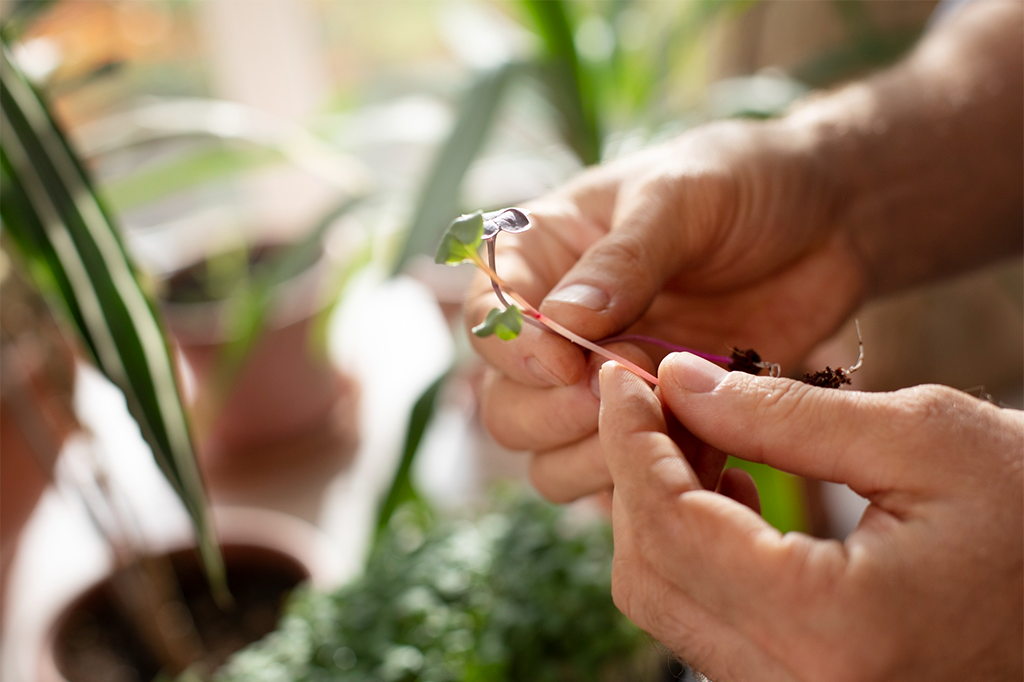
- Harvest Often: Harvest your herbs when they reach a reasonable size. Use clean scissors or gardening shears to cut leaves or sprigs as needed.
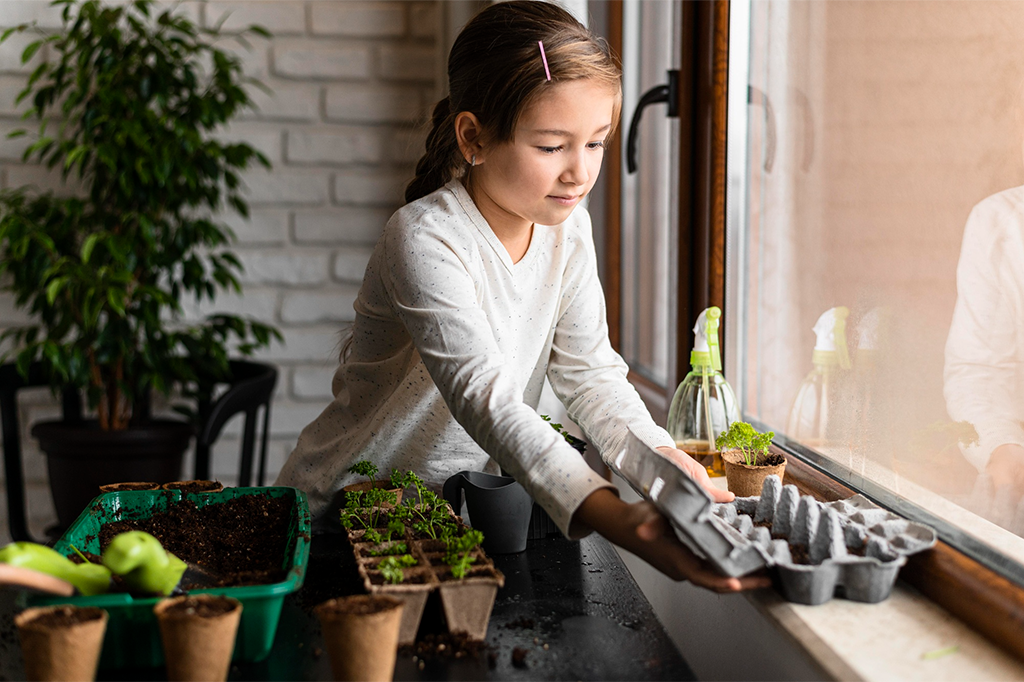
- Leave Some Growth: Avoid harvesting more than one-third of the plant at a time. Leave enough foliage for the plant to continue growing.
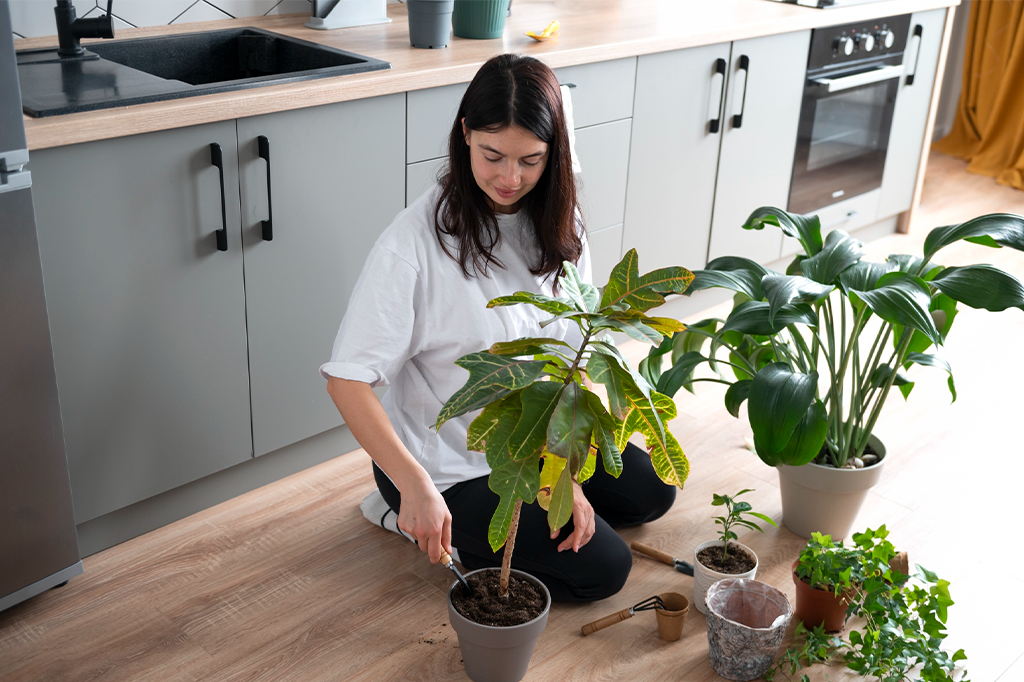
- Remove Flower Buds: If your herbs begin to flower, it's best to remove the flower buds promptly. Flowering can reduce the quality of the leaves and diminish the flavor.

Fertilize Mindfully

While herbs are generally not heavy feeders, providing them with some nutrients can boost their growth. Using a balanced, water-soluble fertilizer can help your herbs thrive. However, avoid over-fertilizing, as this can lead to excessive growth with diminished flavor. A general rule of thumb is to fertilize your herbs every 4-6 weeks during the growing season, which typically spans from spring to early autumn.
Companion Planting
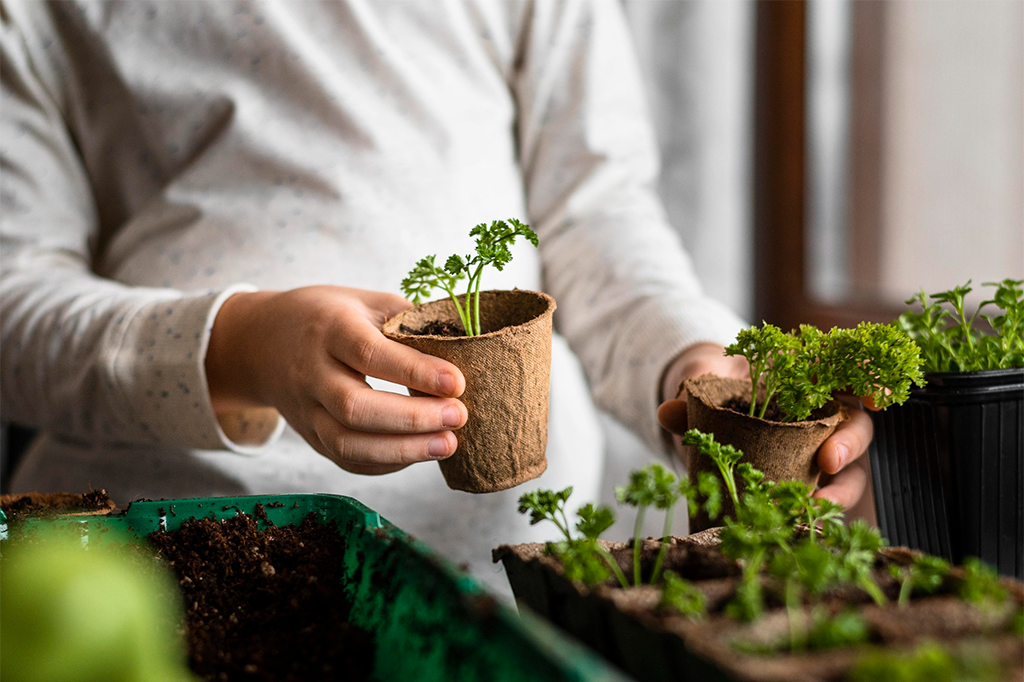
Consider companion planting to enhance the health and flavor of your herb garden. Certain herbs work well together and can even deter pests when grown alongside vegetables and other herbs. For instance, basil is known to enhance the flavor of tomatoes while repelling aphids and flies. Planting chives near carrots can deter carrot flies, and marjoram can deter cabbage moths when grown near cabbage and other cruciferous vegetables.
In conclusion, growing your own herb garden at home can be a rewarding and satisfying endeavor. With the right location, choice of herbs, containers, watering practices, pruning, and a little extra care in fertilizing, companion planting, pest management, and crop rotation, you can create a thriving herb garden that enhances your cooking and brings a touch of nature into your living space. So, roll up your sleeves, embrace the journey, and let the aromatic world of herbs enrich your home and your cuisine. Happy gardening!









No Comment! Be the first one.